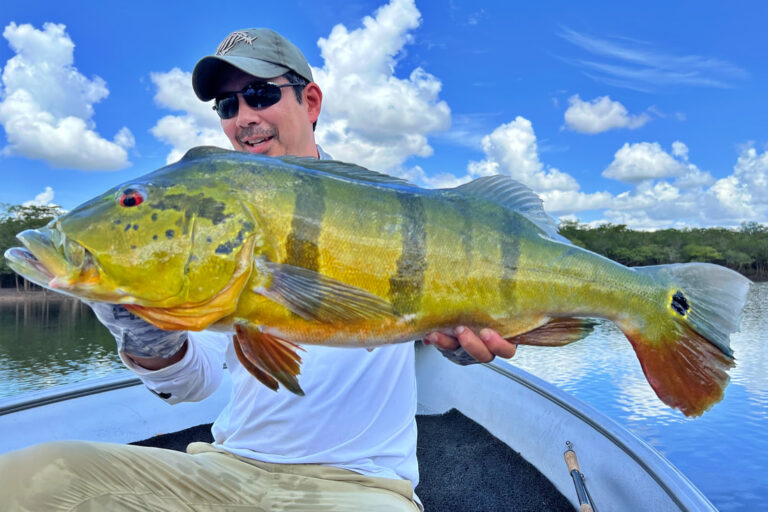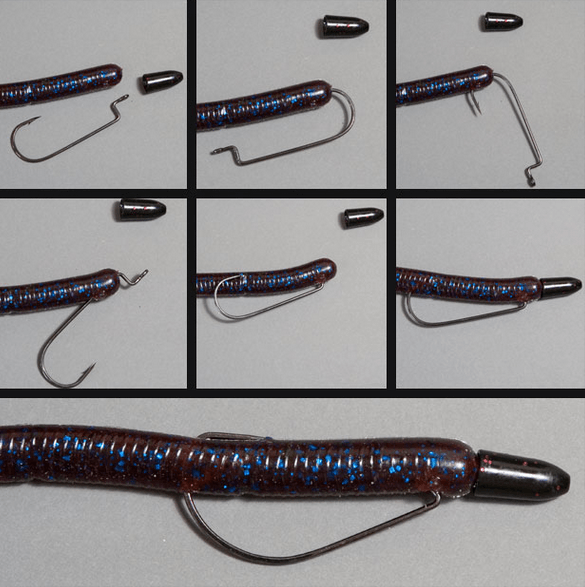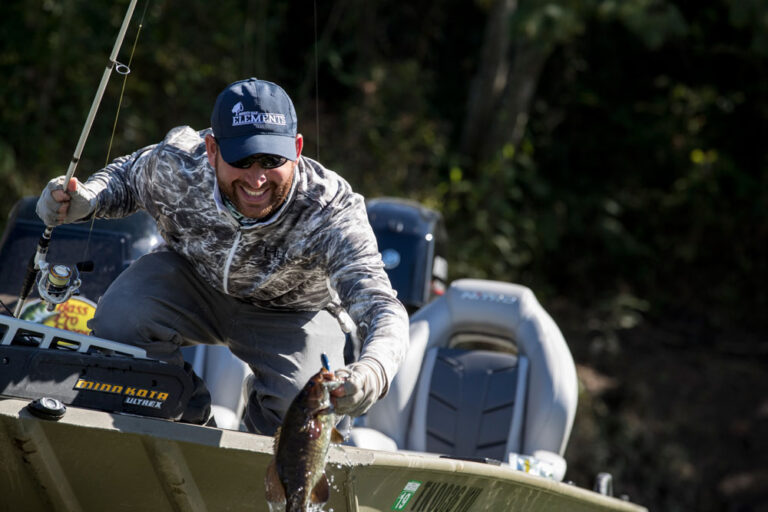How to Hold a Bass Fish
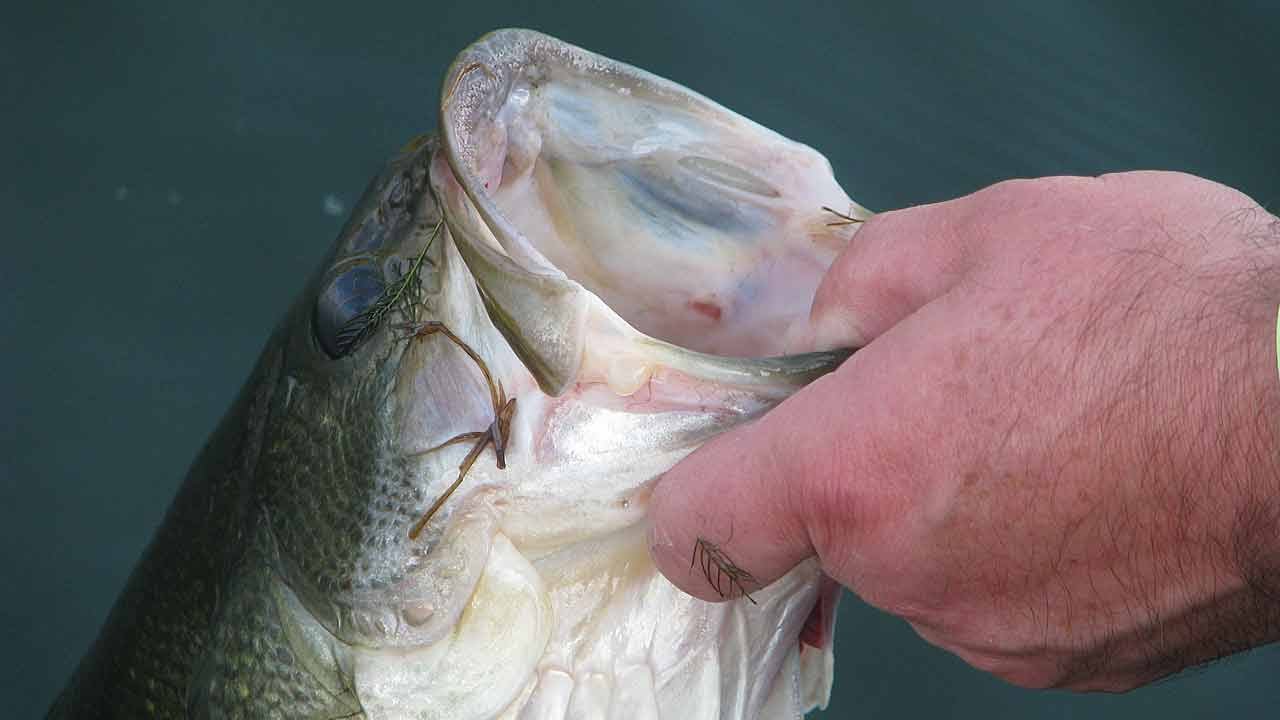
To hold a bass fish, grip it gently around the lower jaw and support its belly. Ensure the fish is horizontal to avoid injuring its jaw or spine.
Understanding the correct way to handle a bass fish is crucial for both the angler’s and the fish’s safety. Seasoned anglers know the importance of proper technique. It can make the difference between a memorable catch-and-release experience and inadvertently harming the fish.
Proper handling ensures the bass remains healthy for release, and it fosters sustainable fishing practices. Dive into the practice of fishing with a conservationist mindset, and you’ll find holding a bass correctly isn’t just about the photo op—it’s about respecting the life you’ve temporarily pulled from its aquatic home. Whether you’re a weekend angler or a tournament pro, mastering the gentle, secure grip required to hold a bass is an essential skill in the fisherman’s repertoire.

Credit: www.fieldandstream.com
Grasping The Basics Of Bass Handling
Handling a bass fish requires care for both the fish and fisherman. Wear gloves to maintain a good grip and to protect the fish’s slime coat.
Never touch the gills, which are very delicate. Support the fish under the belly and hold it horizontally whenever possible. This way, you protect the bass’s internal organs.
To avoid injury, grip the bass’s mouth correctly if holding it vertically. Use a firm yet gentle clamp on the lower jaw. Remember, always wet your hands before handling the fish to minimize harm.
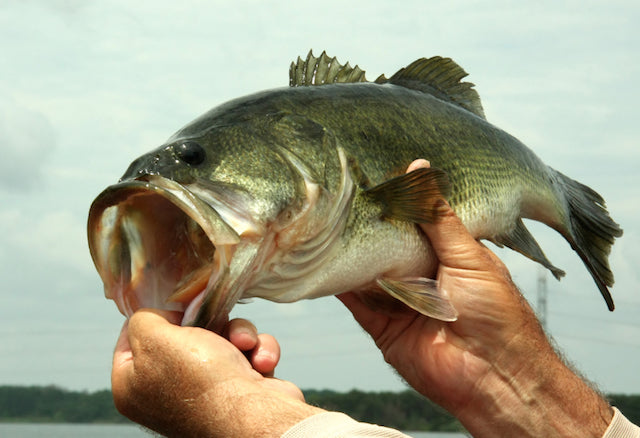
Credit: www.fishingonline.com
Preparation Before The Catch
Ensuring you have the right tools is vital before attempting to hold a bass fish. It is important to gather your gear which includes a pair of fish-friendly gloves, pliers, a landing net, and a hook remover. Gloves protect both your hands and the fish’s skin. Pliers and a hook remover are essential for safely removing hooks from the bass’s mouth.
Adopting a mindset for catch and release promotes sustainable fishing practices. You must be gentle yet firm when handling the fish. Decrease the bass’s stress by reducing the time it spends out of water. Being prepared makes the process swifter and safer, which is better for the fish’s health. Always wet your hands before you touch the bass to protect their slime coat.
The Moment Of Catch: Proper Technique
Landing a bass can be thrilling, requiring a steady hand and quick reflexes. You can use a net or your hands to catch the fish. A net is useful for beginners, ensuring that the fish doesn’t escape. Experienced anglers might prefer using their hands to feel more connected to the angling experience.
For a secure grip, make sure to hold the bass properly. Place your thumb in the fish’s mouth and wrap your fingers around its lower jaw. Be careful not to squeeze the gills. Your grip should be firm but gentle to prevent harm to the bass. Lift the fish horizontally to support its weight and avoid injuring its internal organs.
Holding Positions For Photo Ops
For the horizontal hold, ensure your hands support the bass’s weight evenly. Cradle its belly with one hand and gently support its jaw with the other. This position keeps stress off the fish and aids in a balanced photo.
The vertical hold requires more care. Use one hand to grip the bass by its lower jaw. Never squeeze its gills – they are very delicate. Keep your grip firm yet gentle. Avoid hanging the fish vertically for long, as this can harm its internal organs.
Releasing Your Catch Safely
Properly reviving a bass before release is crucial for its survival. Gently hold the fish in water. Allow it to regain its strength. Ensure the tail moves freely. Safety is paramount both for you and the fish. Always use wet hands or gloves to prevent removing its protective slime coating.
Environmental impact weighs heavily on proper release techniques. A healthy release means a balanced ecosystem. Younger fish will grow to repopulate waters. This preserves the natural balance. It allows future anglers to enjoy fishing. Always respect the fish and its habitat. Remember, conservation today ensures abundance tomorrow.
Advanced Techniques For Seasoned Anglers
Seasoned anglers often pursue trophy bass, demanding extra care. Handling larger fish involves a gentle touch to prevent injury. Support the bass’s weight by cradling it with both hands — one under the belly and the other supporting the jaw. Avoid dangling the fish by its mouth, which can harm its jaw structure.
Time is of the essence for a quick release. Keep the fish in water as you remove the hook. Use needle-nose pliers or a hook removal tool to expedite the process. If the hook is too deep, cut the line rather than tugging, which can cause more damage. Aim for a release time under one minute to reduce air exposure, vital for the bass’s survival.

Credit: news.orvis.com
Frequently Asked Questions For How To Hold A Bass Fish
What Is The Proper Way To Hold A Bass?
Hold your bass upright, comfortably against your body. Place your left hand on the fretboard and your right hand above the strings near the bridge for plucking or strumming. Keep a relaxed posture and adjust the strap for proper instrument balance.
Why Do You Hold Bass By The Lip?
Bass are often held by the lip because this method allows for a secure grip without damaging the fish’s internal organs, ensuring a safe catch and release.
What Happens When You Hold A Bass?
Holding a bass guitar initiates physical interaction with the instrument. Proper technique involves supporting the body, neck and fretting notes or strumming strings to produce sound. Correct posture and hand placement ensure comfortable playability and prevent strain or injury.
Can You Hold A Bass By The Gills?
No, you should not hold a bass by the gills. Use a firm grip on the lower jaw or a fish holder for safe handling.
Conclusion
Mastering the proper technique for holding a bass fish is crucial for both the angler’s satisfaction and the fish’s wellbeing. With the tips covered you’re now equipped to safely handle your catch. Remember, prioritize the fish’s health for a successful release.
Tight lines and happy fishing!
